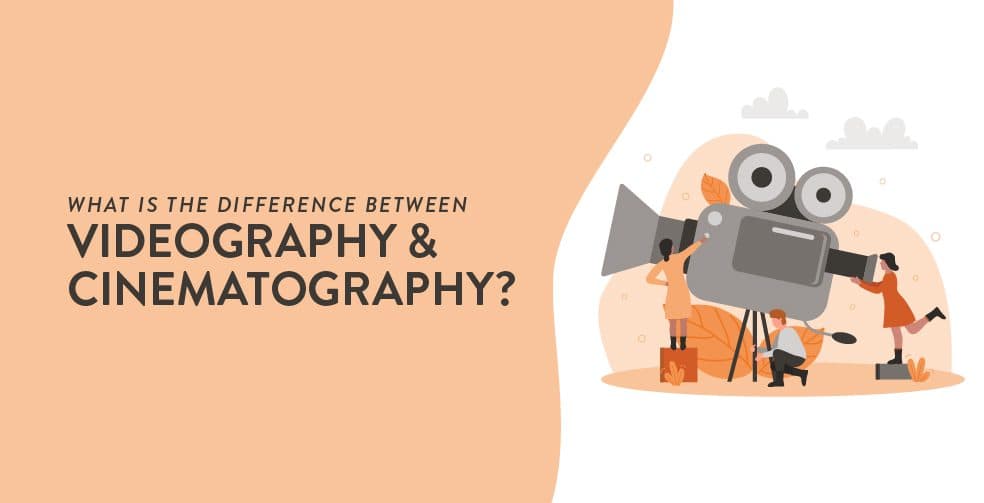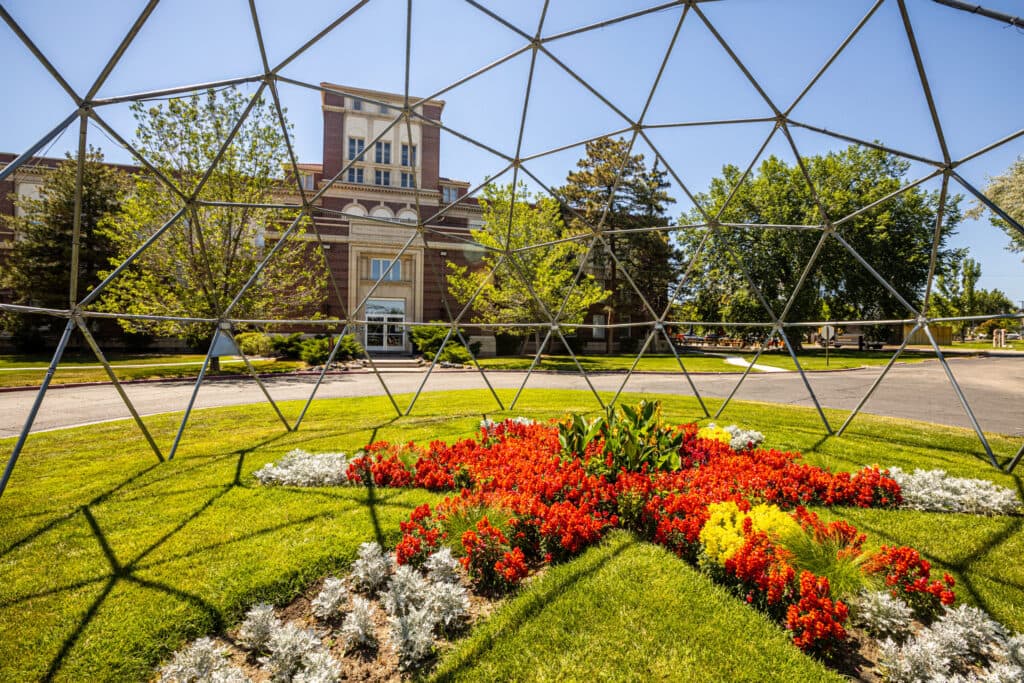In the age of social media and user-generated content, the terms “videography” and “cinematography” are often used interchangeably. While both involve a camera, there are some key differences between the two. At RMCAD, students getting a Bachelor of Fine Arts in Photography will take advanced courses in cinematography and videography, as well as learn industry-leading editing software to advance their careers as artists and storytellers. With that in mind, let’s take a look at the key differences between videography and cinematography.
Videography
Simply put, a videographer is responsible for capturing events on video. They are often a one-man crew that film and edit their shots without the need for a larger team. Videographers work on filming the world around them without getting much say in the location, art direction, or overall feeling of a scene. For example, videographers shoot events such as interviews, sports, conferences, and weddings whereas cinematographers shoot movies, television shows, and high-budget commercials.
According to the Bureau of Labor Statistics, videography careers are expected to grow by 12% through 2031. With this increase in job outlook, it’s important for up-and-coming videographers to learn their way around a camera, master editing software, as well as grow their network with industry professionals.
Cinematography
A cinematographer is the head of a film crew, responsible for creating a visual look that supports the story. Another title that is commonly used in the film industry is director of photography. Although the title changes, the responsibilities, and goals for this individual stays the same. A cinematographer aims to create a movie-like atmosphere that causes the viewer to feel certain emotions when viewing a film. They do this by picking out specific lenses, lighting structures, and camera angles to get the shots they are looking for.
Because the cinematographer manages all visual aspects of a film, some choose to take a hands-off approach when it comes to actually shooting video. This allows them to better manage the visuals of the production. If you are looking to learn more about cinematography at RMCAD, check out Behind the lens: Cinematography at RMCAD.
Whether you enjoy the hands-on work of videography or the art of cinematography, RMCAD’s Bachelor of Fine Arts in Photography will provide you with the skills necessary to advance your career beyond the camera. In the program, students will take Cinematography I and II, as well as have access to a variety of cameras, lighting equipment, mics, and more through the RMCAD TECHBAR. If you are interested in learning more about RMCAD’s videography and cinematography courses, offered online or on campus, fill out a request information form today.

